Over the next two years, the Design Museum in Munich will be celebrating the 100th anniversary of its opening. To mark the occasion, we spoke to its director, Prof. Dr. Angelika Nollert, about how contemporary design has stood the test of time, what objects are being collected and what people expect from a design museum today.
Interview by Thomas Wagner
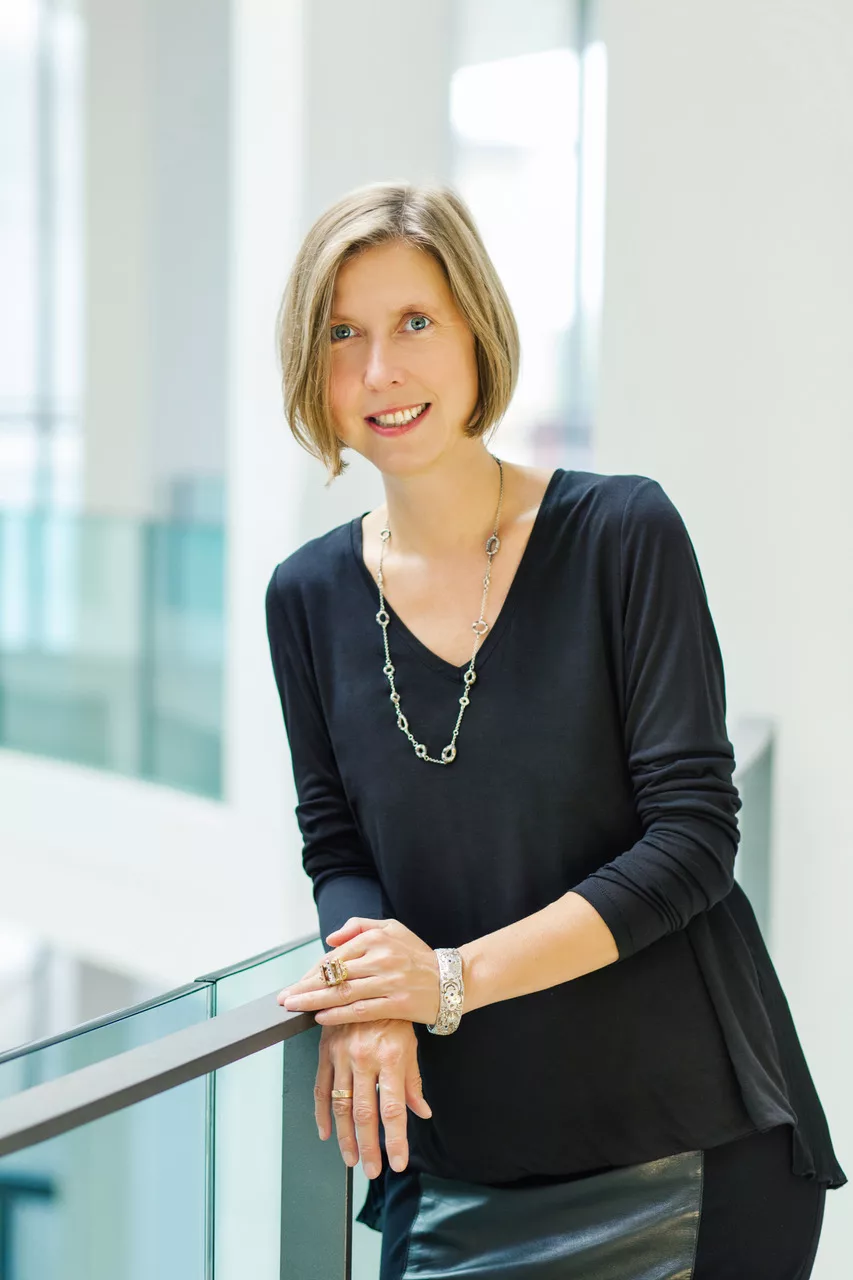
With over 120,000 objects, the Neue Sammlung is one of the largest and most important design museums in the world. How did it come about?
Dr Angelika Nollert: The Pinakothek der Moderne houses four museums under one roof – which is fantastic. I come from the visual arts and am more interested in the connections than the differences. Unlike the applied arts museums that have existed since the mid-19th century, the Neue Sammlung was founded on the idea of contemporaneity. The first exhibition in 1926 was called “The New Collection”. The term later became the name of the institution, expressing a new way of thinking emerging from the reform movement. The aim was to serve as a model collection, but above all to engage with contemporaries. The concept of “the new” was widespread at the time – the new architecture, the new film, the new woman, the new man – and, as an equivalent of modernity, it also shaped Die Neue Sammlung.
What role did the Werkbund play in its founding?
Of course the spirit of the Deutscher Werkbund was present. The Munich branch had begun collecting objects for a museum yet to be founded – and Richard Riemerschmid had insisted that they should look beyond their own borders and collect internationally.
Digitalisation, social design, AI: how to collect in the museum tradition while navigating an increasingly complex present?
We cannot cover all areas of collecting indiscriminately. In both exhibiting and collecting, we try to engage with current issues and present them in a contemporary way. Bauhaus design, for example, cannot be exhibited as it was in 1928; a modern form of presentation has to be found. For a long time, the Paternoster Hall was part of the collection. Then we dedicated it to key figures in design – currently Paula Scher, whose career began in the 1970s and continues to this day.
Especially since it has never been presented in this way in Germany.
We always try to show positions that are not widely seen. I am not in favour of travelling exhibitions. We have our own curators, outstanding collections and great ideas. When we redesign a space, we collaborate with designers, ideally through an in situ installation – which is quite rare in design.
Installations as islands within the historical sequence?
We want to move away from chronology and hierarchy. We still show icons, of course, but also anonymous industrial design. We show quality and utility side by side – in textiles by Anni Albers or Gunta Stölzl, for example. A textile design for a continuous pattern is not necessarily inferior to a one-off wall hanging.

Bringing together rather than separating – is that the museum’s concept?
We showcase design, but we also want to take part in creating it. We want to discuss design, create platforms for different approaches and take a stand.
So the focus is on design and not just objects?
The term “design” encompasses much more than just objects. From the beginning, the collection has included both unique pieces and mass-produced items. For example, we have a large Thonet collection, but also more unexpected things, such as a photography collection. In fact, in 1967, the Neue Sammlung was the first museum in the world to exhibit the work of Bernd and Hilla Becher. To this day, we continue to acquire a significant number of ceramics, glass and jewellery.
‘We showcase design, but we also want to take part in creating it. We want to discuss design, create platforms for different approaches and take a stand.’
– Prof. Dr. Angelika Nollert, Die Neue Sammlung – The Design Museum
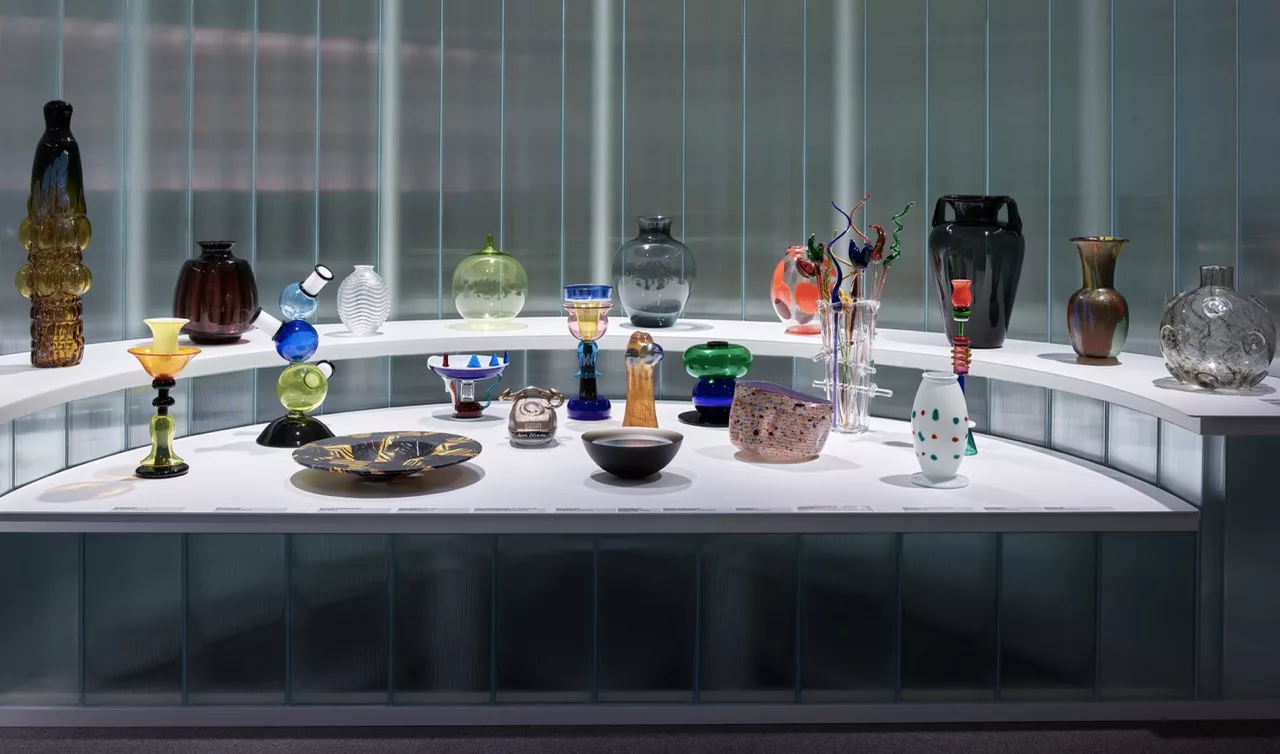

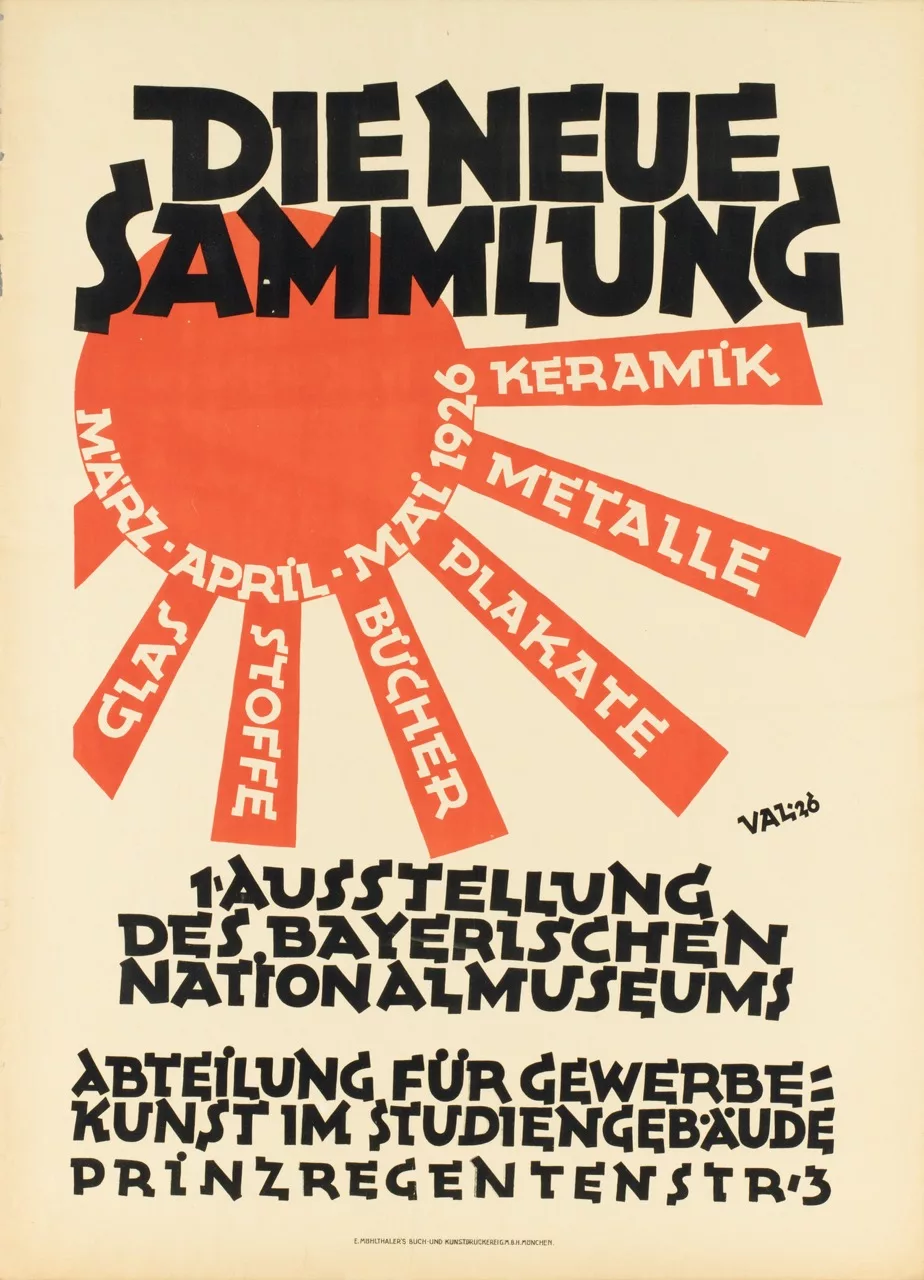
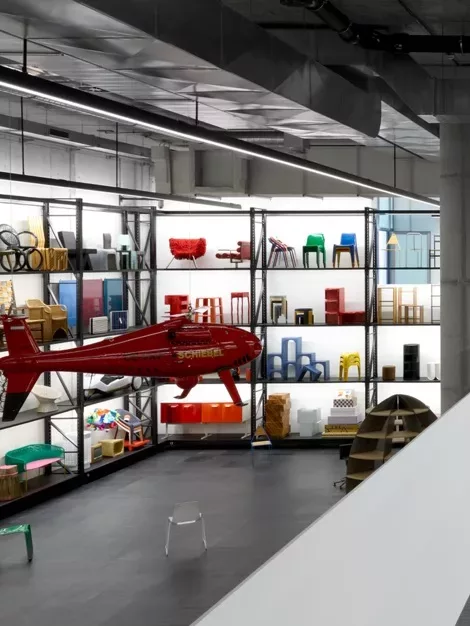
What would you not collect?
We have never collected fashion, because the Munich City Museum has a fantastic historical fashion collection. Other areas of collecting have their limits. For example, we used to collect cars and still show how car design has evolved, but it no longer makes sense to collect cars today. Instead, we are developing a space for mobility concepts. Software is also something we cannot collect for various reasons, despite its importance. As for Deutsche Telekom’s badly designed magenta telephone booths, I wouldn’t have collected them either. Otherwise, we are quite open-minded, as long as the objects make sense.
How does the museum deal with the fact that design objects are becoming less tangible?
In a traditional museum, objects are not meant to be touched. It would not be ideal for everyone to touch an Eileen Gray chair, of which there are only two in the world.
One of our answers to this dilemma is Sound of Design. The sounds associated with design objects are as fascinating as their visible form. We have an incredible synesthetic memory; we instantly recognise the sound of a diesel engine, a hairdryer or an electric shaver. What does a car door sound like when it closes? What sound does a direction indicator make? These sounds can be accessed on our website and in the museum using a QR code.
Where is design evolving the most at the moment?
When I talk to companies and their designers, the word “sustainability” is used almost excessively. We cannot ignore it in the museum any more than companies can. Designers like Stefan Diez confirm that they can no longer propose a design that is not sustainable.
Companies are under pressure, facing demands for material purity and recyclability. As a museum, we want to represent these discussions and, where possible, highlight successful examples. Hella Jongerius, with her radical perspective, is an excellent example of how to present these issues.
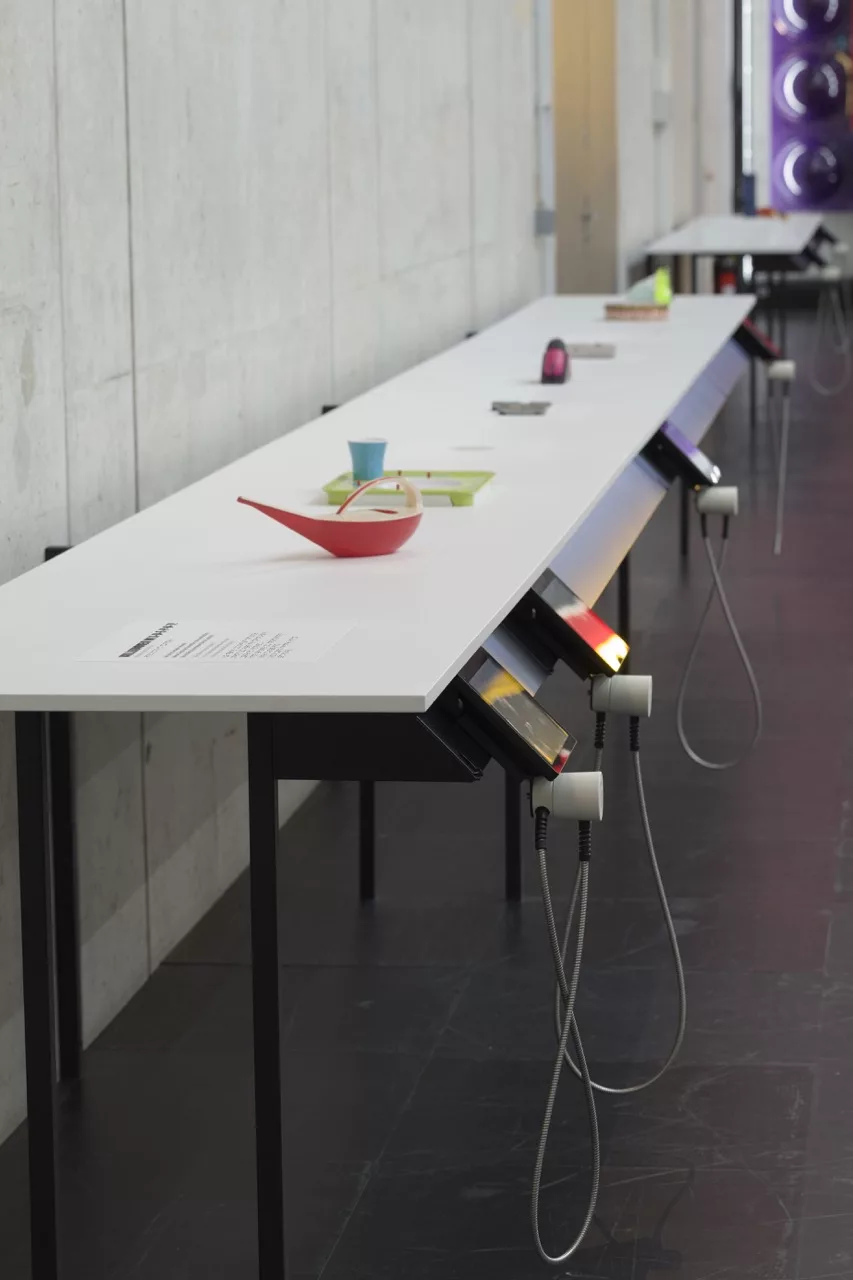
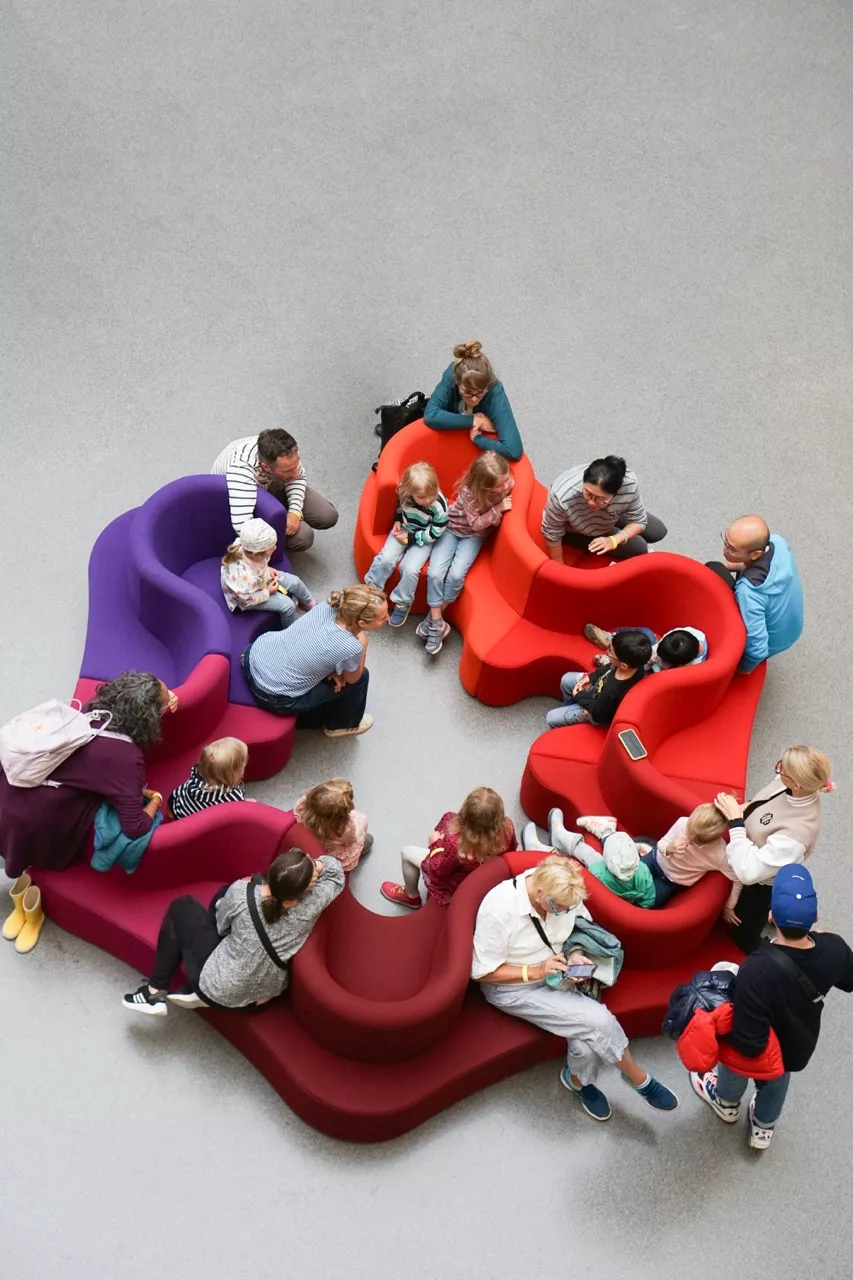
Are there special expectations for a design museum?
A common request in museums around the world is for better visitor comfort. There are never enough seats, and fire safety and escape route regulations make integration a challenge. When we developed our X-D-E-P-O-T, we left 200 square metres open for workshops, symposia and lectures – and installed seating for children and adults to try out. When schools visit, we invite the children to sit on all the chairs and choose the one they find most comfortable. In the Rotunda we have also implemented a ‘social seating’ project with furniture designed to encourage interaction – and it has been a great success. People are working on laptops, having long conversations or experimenting with the seats as if they were an adventure playground. I think people expect a design museum to allow for hands-on exploration and engagement with contemporary issues. We try to live up to that expectation.
What is the role of design in today’s society? Is it presumptuous to think that everything can be designed?
AI will undoubtedly be a key issue. The question is: how do we design AI? Will we eventually lose the ability to shape it, because it is constantly optimising itself? Or will such programmes stagnate as they generate knowledge repeatedly and become increasingly one-sided? These are profound social questions. What ethics underpin them? Where do we draw the line? In addition, the concept of sharing is becoming more important – more people are questioning the significance of objects in their lives. All of this will affect our museum and change the way we present things. A contemporary museum must evolve with the times, remain self-critical, question its perspectives and adapt constantly. This is why participation and inclusion are so important to us.

Special centenary exhibitions:
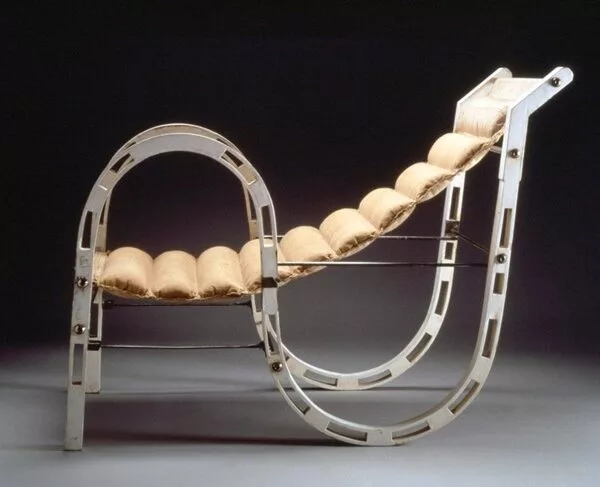
100 Jahre, 100 Objekte
On the 100th anniversary of the ‘Neue Sammlung’
Pinakothek der Moderne
Munich
From 21 May 2025 (permanent)
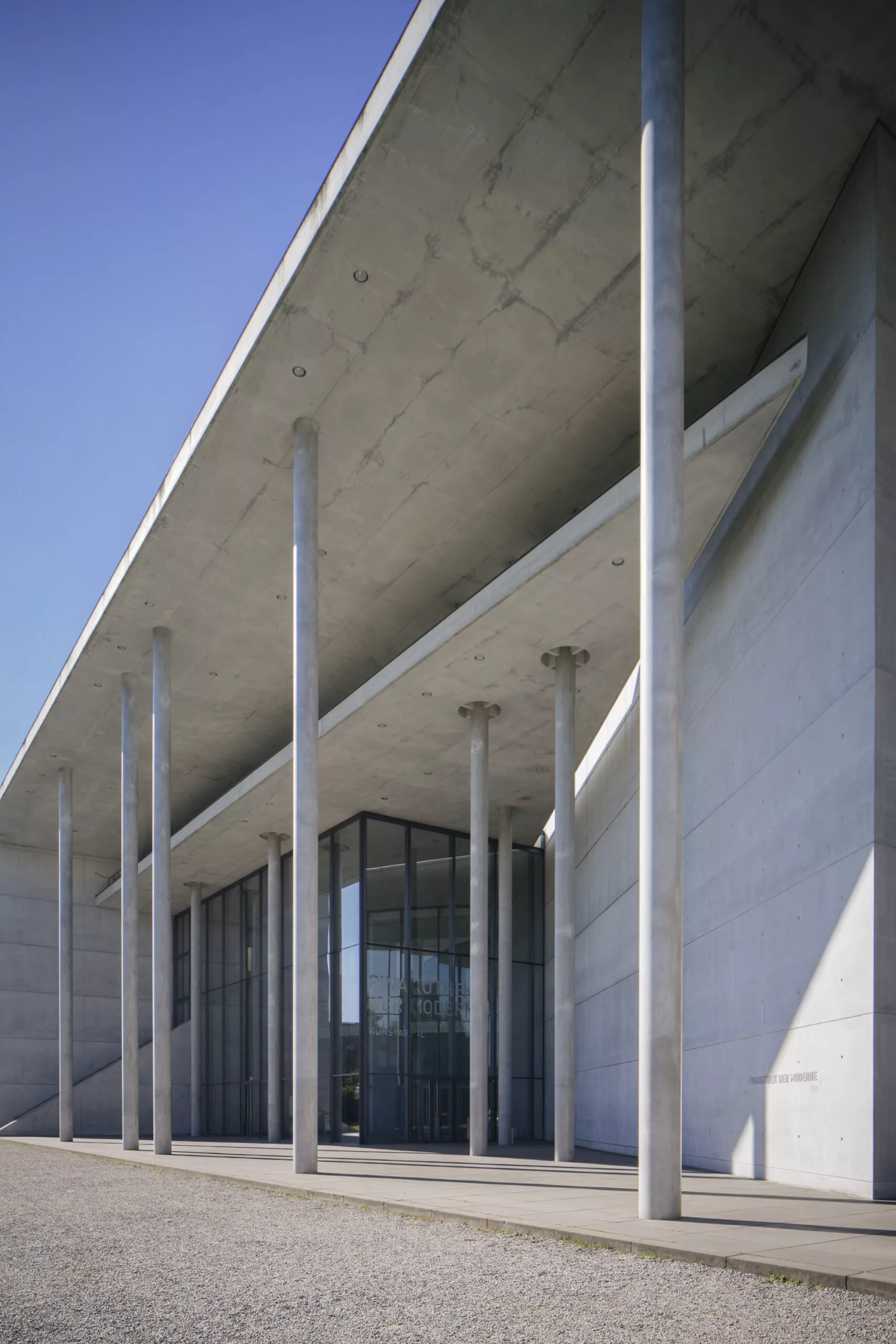
Vier Museen – 1Moderne
Gemeinschaftsausstellung aller vier Museen
Pinakothek der Moderne
Munich
3. Apr. – 28. Sept. 2025
Share on Social Media
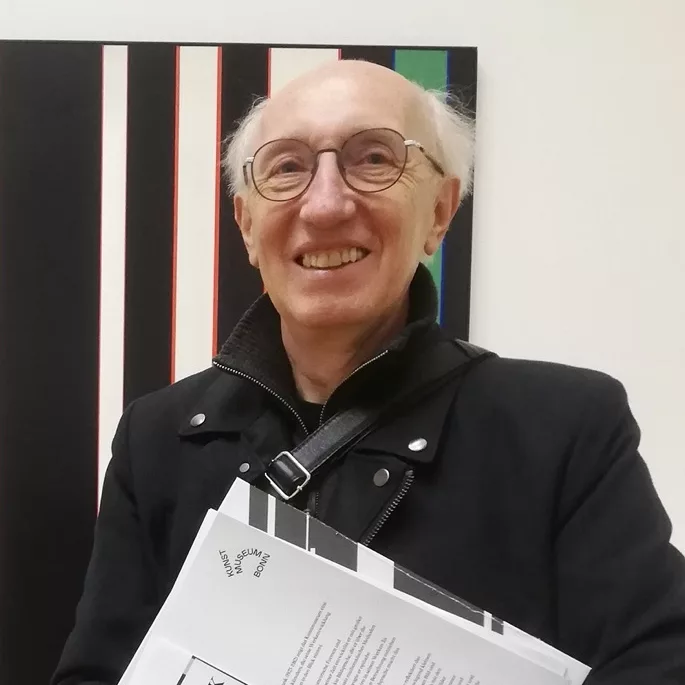
About the Author
Thomas Wagner was born in 1955 and studied German and Philosophy in Heidelberg and Brighton (Sussex). While still a student, he began working as an art critic and freelance journalist. From 1986 he wrote for the art section of the Frankfurter Allgemeine Zeitung, where he was chief editor for visual arts and design from 1991 to 2007. He then continued to work as a freelance author, art critic and columnist. Wagner published an online magazine for Stylepark and was editor of the German Design Council’s design report magazine. He is currently online journalist for ndion. Wagner has also taught as a visiting, guest and honorary professor and was a founding member of the DGTF (German Society for Design Theory and Research). He has served on numerous juries and continues to be active in the field.
More on ndion
More Interviews and Articles on Design



